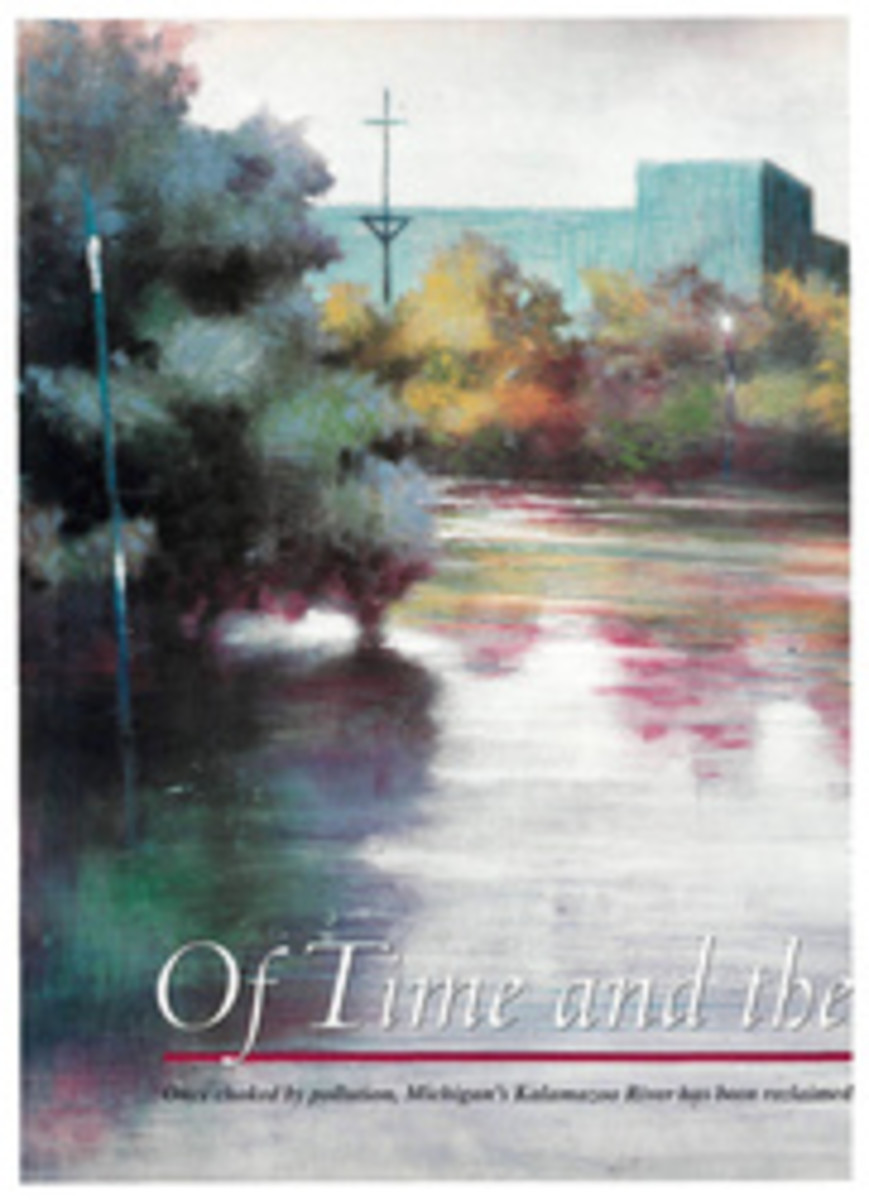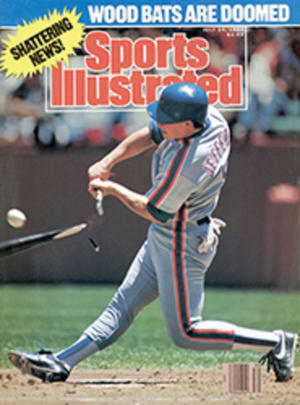
GOING LONG FOR PING-PONG
We invented the game 19 years ago on a rainy summer day on Cape Cod. Jackson Friedman, the Michaelis brothers, Peter and David, and I were four kids holed up on the second floor of the Provincetown Tennis Club, waiting out the bad weather. Ping-Pong had been our steady diet, besides Cheetos and Coke, for three straight days of rain. Tennis players at heart, we were restless.
I went out on the balcony with Jackson and looked without much hope for some cracks in the battleship-colored sky. Below, the clay courts had turned into orange-brown ponds. Even if the rain stopped—faint hope—the courts would be unplayable for days. Before we knew it Labor Day would be upon us," the station wagons would be packed, and we would be back in school. "We have to do something," I said. Jackson nodded, drumming Wipe Out on the wet balcony railing.
Inside I could hear furniture being moved across the waxed pine floor. I looked in. Peter and David had positioned the two Ping-Pong tables—the one we used and the other one, on which the net was broken—end to end, making one double-length table. They fastened the only whole net in the middle. Jackson, who had moved next to me in the damp air of the doorway, said, "Cool!"
We watched them try out the long table, already itching to have a go ourselves. David, who was the younger of the two brothers, served, and Peter whacked the return with a stroke that was as full and hard as a tennis swing. The ball landed "in," with room to spare. David's next shot barely cleared the net, forcing Peter to flop onto the table in an unsuccessful attempt to reach the ball.
A quick study, Peter intentionally hit a short ball on his next return of serve, and it was David's turn to crunch his midsection against the table. Here was a flaw, but it wasn't insurmountable. We made a rule to prevent drop shots: If the ball bounced twice on a side, the point was replayed.
We called our game King-Pong, and we were the world's top four players. We got even better. Unlike Ping-Pong, King-Pong was not a wrist game; powerful strokes were needed to make the ball travel the distance. You could work up a tennis-sized sweat during the baseline-to-baseline rallies. Moon balls, especially the ones that arched over a suspended wiring conduit, were an effective weapon for keeping the ball deep and throwing off your opponent's rhythm.
It was surprisingly hard to put away a slam off a high bounce. The light ball tended to move like a Wiffle Ball, curving when whacked over a long distance, so the retriever had plenty of time to react to a smash. Thus King-Pong was a game of patience and endurance—Michael Chang versus Mats Wilander.
So enamored were we of our invention that the sound of the rain pelting the peaked wooden roof became comforting. We played and played, continuing even after the rain stopped and the sun returned. For the rest of the summer King-Pong was our not-so-secret addiction. Curious tennis players would crane their heads over the stairway railing and squint at our limo-length creation. Several played and became immediate converts. A lawyer said we should look into a patent, but we were pioneers not capitalists. We liked having our own game.
Still King-Pong had its drawbacks, like having no place besides the club to play. And when summer ended we went back to school as pale as eggshells. "Where were you guys?" we were asked. "In a cave?" My tennis game suffered as well; I lost my spot on the school team.
The next summer we faced the ultimate drawback: The club held yoga and dance classes on the second floor and moved the Ping-Pong equipment downstairs. The small front room had enough space for only one table, so the club got rid of the other one. We were relegated to the same game people play in basements and garages across the country.
When it rained that summer the thump of feet overhead reminded us of what we were missing. But in July and August the sun shone steadily, and I got back into tennis. In the fall I returned to school with a George Hamilton tan and won back my spot on the tennis team.
ILLUSTRATION
PAUL COX
Peter Alson, a free-lance writer based in New York, has written several articles for SI.

